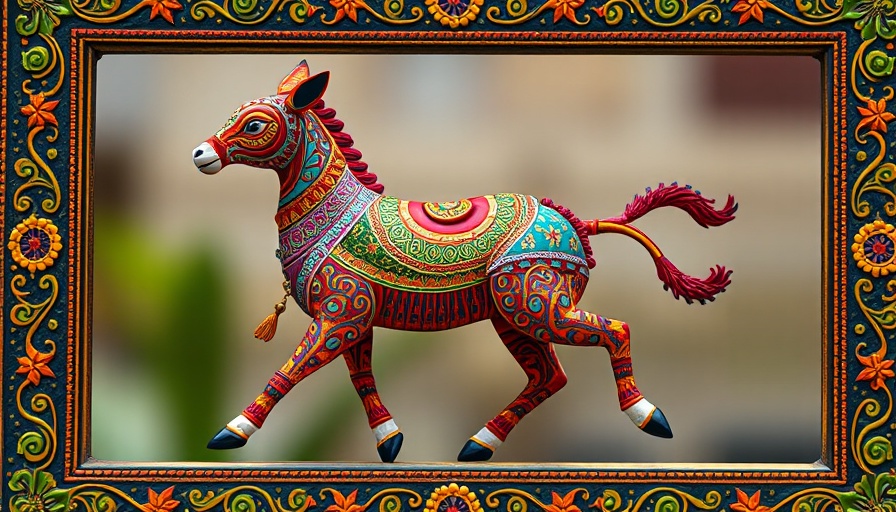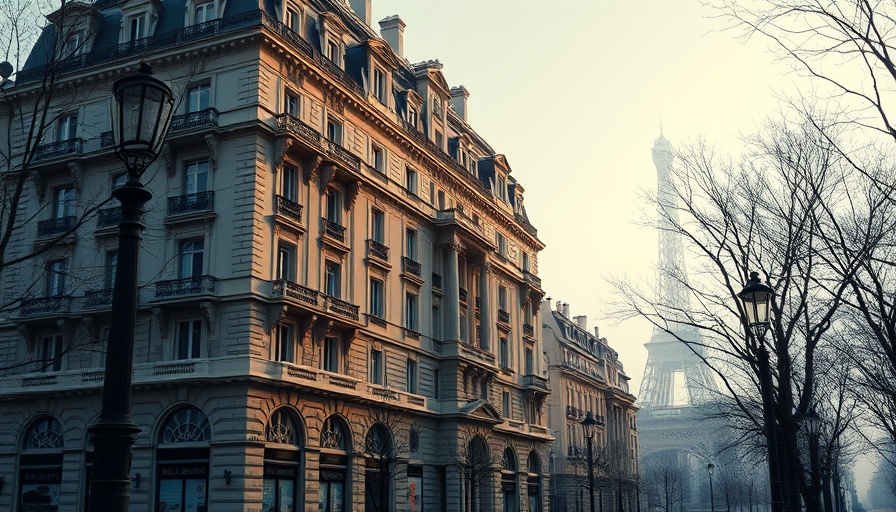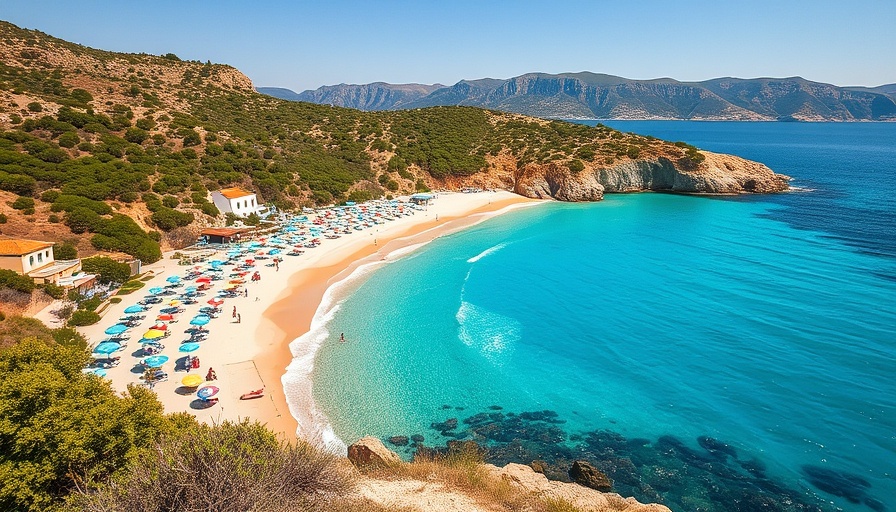
Discovering the Heart of Rajasthani Art
Rajasthan is a vibrant canvas of tradition and culture that unfolds in astonishing ways through its art forms. As a traveler and engaged artist, my journey across this colorful land revealed Rajasthani art not just as a series of aesthetic practices, but as a living narrative that speaks to a deeper cultural significance.
The Intricacies of Miniature Painting
In the bustling city of Jodhpur, I was fortunate to learn miniature painting at the Umaid Art Gallery, led by an extraordinary artist aptly known as the “Lentil Man.” His technique of painting on grains of rice highlighted a philosophy that beautifully accentuated the often-overlooked smallness of detail in art. Each brushstroke, using natural pigments such as lapis lazuli for blue and gold leaf for accents, is a reminder that beauty and devotion can reside in the smallest of creations.
Pichhwai: A Divine Canvas of Storytelling
Transitioning to Udaipur, I delved into Pichhwai painting at the Indigo Art School under the tutelage of Manoj. This time-honored art form enriches the sanctuaries of temples with storytelling that transcends time. The ability to reflect significant festivals and divine narratives within the fabric of daily life encapsulates a profound connection to spirituality that Pichhwai painting embodies.
Why Rajasthani Art Matters
Both styles of artwork draw from a reservoir of natural inspiration—be it the lush rituals of Krishna’s childhood in Pichhwai or the meticulous details of regal life depicted in miniature paintings. They invite not only aesthetic appreciation but also a deeper understanding of the cultural dialogues that have unfolded over generations. Through this journey, I gleaned that art is not merely visual; it is intrinsic to identity, memory, and community.
Embracing the Experience and Learning
Each brushstroke taught me the joy of patience and the beauty of mindful creation. Rajasthani art challenges us to slow down and appreciate the stories and craftsmanship that thrive within these traditional forms. As travelers and artists, we can honor this legacy by engaging with and celebrating its rich tapestry.
 Add Row
Add Row  Add
Add 




Write A Comment